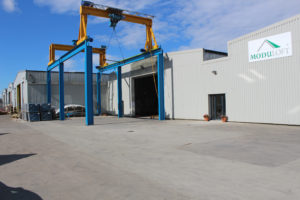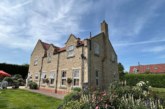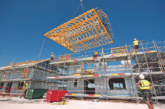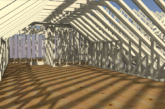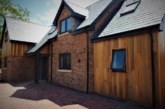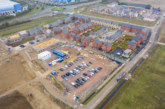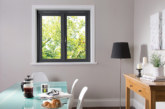
Matthew King from Actis argues that timber frame could hold the key to easing both the housing and skills shortages.
Rather than focusing on the lack of skilled workers, a factor cited by 66% of RICS surveyors as being the biggest barrier to growth, we should instead look at ways to build homes which take less time and require fewer skilled tradespeople. With current new build starts falling woefully below the government’s target of 200,000 a year, or a million homes by 2020, radical action is vital if we are to get anywhere close to this ideal.
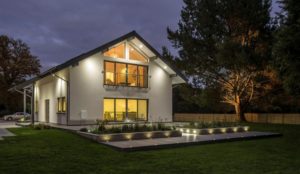 Latest figures from the Home Builders Federation show we achieved around 180,000 new builds in 2014–5. The National Housing Federation says only 457,490 homes were built between 2011 and 2014 – of which 141,000 were constructed in 2013 – 2014, and 135,000 the year before that. The only year in which we came close to the ideal of 240,000 expounded by economist Kate Barker was in 2006-07, when 219,000 homes were constructed.
Latest figures from the Home Builders Federation show we achieved around 180,000 new builds in 2014–5. The National Housing Federation says only 457,490 homes were built between 2011 and 2014 – of which 141,000 were constructed in 2013 – 2014, and 135,000 the year before that. The only year in which we came close to the ideal of 240,000 expounded by economist Kate Barker was in 2006-07, when 219,000 homes were constructed.
Skills shortage
While the lengthy planning process and are factors hampering growth, the skills shortage is the main problem identified in our failure to build enough homes in the UK. Few new trainees have come on board since the beginning of the economic recovery so skilled workers both here and from overseas can command higher prices – with a consequent knock on effect on build costs.
The inevitable spiral in house prices due to lack of stock and higher wage packets – brickies have been known to command double the usual fee in some cases – will exacerbate the crisis further. Training more skilled people will take several years.
Reduce build times
But instead of pushing for more people to develop the skills we lack, we should veer towards houses which are quicker to build and take fewer skilled man hours – thus reducing outlay and increasing productivity during the period in which the new trainees are learning their trade.
Those criteria are addressed in two words – timber frame. Barratt Developments has announced that it will be using timber frame and closed panel roof systems on around 6% of its plots this year – and if more volume builders follow suit this is a viable way to get us building again on a grand scale. This will go a long way towards easing the crisis.
Off site
The bulk of the skilled element takes place off site. Timber frame walls, 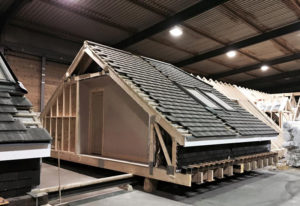 floors and roofs, complete with electrical wiring, plumbing and insulation are built in factories at relative speed. The site crew ‘just’ has to erect everything in the right order with a typical build time of between seven and 12 days, depending on the size of house. The bricklayers only arrive after the house is erected, which means the on-site element requires fewer skilled workers and takes less time – thus maximising the man hours available.
floors and roofs, complete with electrical wiring, plumbing and insulation are built in factories at relative speed. The site crew ‘just’ has to erect everything in the right order with a typical build time of between seven and 12 days, depending on the size of house. The bricklayers only arrive after the house is erected, which means the on-site element requires fewer skilled workers and takes less time – thus maximising the man hours available.
A traditional block and brick house requires a skilled bricklayer to construct both inner and outer skins of a cavity wall, as well as placing the joinery, the wall ties and installing the insulation, while the panel system can be lowered into place, with the brickie required only to do the outer skin.
As for insulation, with closed panel systems this will have been installed off site. Indeed some multfoil insulation systems consisting of insulation, vapour control layer and breather membrane can be installed effectively with ease by someone who has had minimal training which can even be delivered via an on line tutorial. As these three in one systems are quicker to install than traditional insulation – many builders report savings of 25 to 50% – this in turn also frees up more man hours.
The Structural Timber Association expects the timber frame market in the UK to account for 27% of new housing by 2017. Market share in 2014 stood at 24.6%, its highest ever level. Market researchers MTW predict the market will expand by 20% by 2019 and say 65% of timber frame suppliers reported growth in 2015, compared with 40% in 2013.
New construction methods mean the quality of a closed panel timber frame house is every bit as good – indeed often better in terms of thermal efficiency – than a traditional brick and block construction. So while building these requires fewer skilled workers the lower skill base is not reflected in the final result.

